White Marsh Mall takes shape in Baltimore County
The plan for a new town center in White Marsh dated back to 1965, when Baltimore County designated the area for growth and began laying the groundwork for a retail complex.
By 1970 and 1971, county leaders rezoned the land to clear space for large-scale retail. In 1972, The Rouse Company formally stepped in to begin planning the regional mall that would anchor the new community.
Sears announced in July 1973 that it would join the project as a lead anchor.
Construction continued through the late 1970s, and Nottingham served as the landowner during this period.
The design called for a two-level enclosed mall. When completed, the center was built to hold more than one million square feet of space.
The final development timetable was extended until 1981, when the project entered the opening phase, with multiple department stores in place.
Opening in 1981 and the anchor slate in place
White Marsh Mall opened to the public in August 1981, a two-level, enclosed complex featuring more than 100 shops alongside its anchors.
The Rouse Company delivered the project after nearly a decade of planning and construction, making it the retail centerpiece of Baltimore County's town center initiative.
The first wave of department stores provided the mall with a comprehensive lineup from the outset.
Bamberger's, JCPenney, Woodward & Lothrop, Hutzler's, and Sears all opened together, arranged at the edges of the concourses to draw shoppers through the full layout.
Each anchor carried an established regional or national profile, positioning the property immediately within the top tier of Baltimore's retail network.
Inside, escalators and wide courts linked the two levels.
Smaller stores filled in the open stretches between anchors, and the full tenant count passed one hundred within the first year.
The site also left room for nearby projects that would arrive later, including an IKEA parcel and, years afterward, The Avenue at White Marsh.
The launch gave the town center a visible core, while crews finished out the remaining smaller storefronts that were still under construction in the weeks following the official opening.
1986 to 1995 brand changes and exits
The earliest shift in anchors came in 1986 when Bamberger's dropped its longtime name and rebranded as Macy's.
The change was part of a larger rollout across the chain, and at White Marsh, it meant the mall carried a new national label just five years after its grand opening.
That same decade, Hutzler's exited the market. Its White Marsh Mall store shut down in 1990, leaving a prominent corner of the property dark.
The empty box stood through the early 1990s until a replacement could be found, marking the mall's first major anchor loss.
In 1995, Woodward & Lothrop closed its location at White Marsh Mall, marking the end of the chain's run. That left a second large space empty in the same decade.
1992 to 2003 replacements settle in
The vacant anchor slots gradually filled through the 1990s. In 1992, Hecht's moved into the former Hutzler's box, restoring a department store presence to that side of the mall.
The Washington-based chain expanded its Baltimore reach with the new White Marsh location, bringing a familiar mid-market name to shoppers who had seen Hutzler's close only two years earlier.
A few years later, the remaining vacancy at the former Woodward & Lothrop was addressed.
Lord & Taylor opened in that space in 1998, bringing the mall its first upscale department store.
The arrival of Lord & Taylor balanced the lineup by placing a higher-end retailer opposite established anchors, such as Sears and JCPenney.
By the turn of the century, White Marsh Mall was back to housing five major department stores: Sears, JCPenney, Macy's, Hecht's, and Lord & Taylor.
The tenant base showed little change, and no big additions to the mall's structure were attempted.
After a few years of uneven occupancy in the 1990s, every space was filled again, though national retailers were still in flux throughout the surrounding market.
2004 to 2006 conversions and chain consolidations
In 2004, Lord & Taylor closed its White Marsh Mall location after just six years in business. The two-level box did not stay empty for long.
That same year, it was redeveloped into a Hecht's Home Store on the lower level, while Sports Authority took the upper level.
This marked the first time the mall split a former department store into multiple uses.
The larger national wave of consolidation soon reached White Marsh. In 2006, the merger of Federated Department Stores and May Department Stores brought sweeping changes.
The Hecht's store that had filled the old Hutzler's location was converted to Macy's, and the Hecht's Home Store became a Macy's Home Store.
The original Macy's, which had started as Bamberger's, was vacated during this shuffle.
Boscov's took over that former Macy's box in 2006, adding a Pennsylvania-based department chain to the property's mix.
By the end of the year, the mall had a revised anchor roster, featuring Macy's, Macy's Home Store, Boscov's, JCPenney, Sears, and Sports Authority.
The changes highlighted the rapid turnover in names, even as the building footprints themselves remained the same.
2008 to 2012 recession impacts and recovery
The national recession brought fresh upheaval to White Marsh Mall. In October 2008, filed for bankruptcy and closed its store at the mall just two years after it opened.
The closure once again left one of the large anchor spaces dark, underscoring the vulnerability of chains operating on thinner margins.
Shoppers entering from the Boscov's side faced a closed storefront with no immediate backfill in place.
Four years later, Boscov's made its return. In 2012, the chain reopened its White Marsh location in the same box it had abandoned during bankruptcy.
The reopening showed the property's ability to pull back a departed retailer, even as the broader retail market continued to face turbulence.
2017 to 2023 entertainment arrives and Sears goes dark
White Marsh Mall added a new element in 2017 when Dave & Buster's opened on December 4.
The entertainment and dining venue occupied a prominent spot near the food court, signaling a shift toward attractions beyond traditional retail.
The launch brought arcade games, a full restaurant, and an event space, drawing steady traffic that helped offset declining department store visits.
The mall's long-serving Sears store closed three years later. In February 2020, the company confirmed the White Marsh location would be among its next round of closures.
The anchor shut down shortly afterward, and the large space has remained vacant since.
Its closure marked the end of one of the mall's founding tenants, leaving a noticeable gap in the concourse.
In 2023, the Baltimore County Council passed Bill 52-23, which blocked residential projects inside the White Marsh Town Center.
The decision halted a proposal to redevelop the former Sears property into apartments, thereby ensuring the box would remain zoned for commercial use.
The Sears vacancy stood as the mall's most visible empty space.
2024 to 2025 new owner and a fresh food lineup
White Marsh Mall entered a new chapter when Spinoso Real Estate Group bought the property for about 190 million dollars in late November 2024.
The purchase ended Brookfield Properties' control and shifted operations to a company specializing in regional malls.
By January 2025, Spinoso was listed as the owner and operator on the mall's website.
Just days after the sale, on December 4, 2024, the mall announced two new restaurants set for 2025: Kanji Sushi and Pollo Campero.
Both projects targeted sit-down dining, signaling a strategy to build out the food mix alongside existing anchors.
The Original Pancake House opened on April 10, 2025, near the entrance to the food court.
Kanji Sushi followed in July 2025, taking over the former Greene Turtle space after a full renovation.
Pollo Campero was listed as opening soon, but had not set an opening date by September 2025.
Together, these additions marked the first visible tenant changes under Spinoso's ownership, while the Sears box remained vacant.
The active restaurant openings keep the property's roster in motion even as its largest anchor space awaits new use.

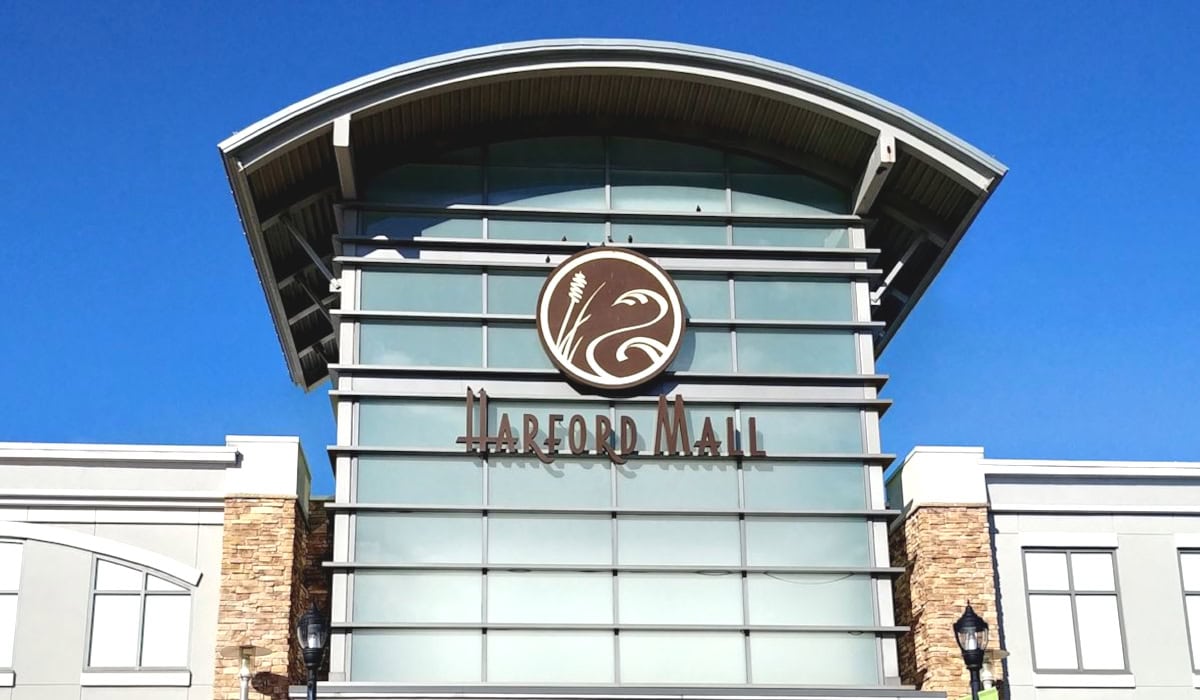
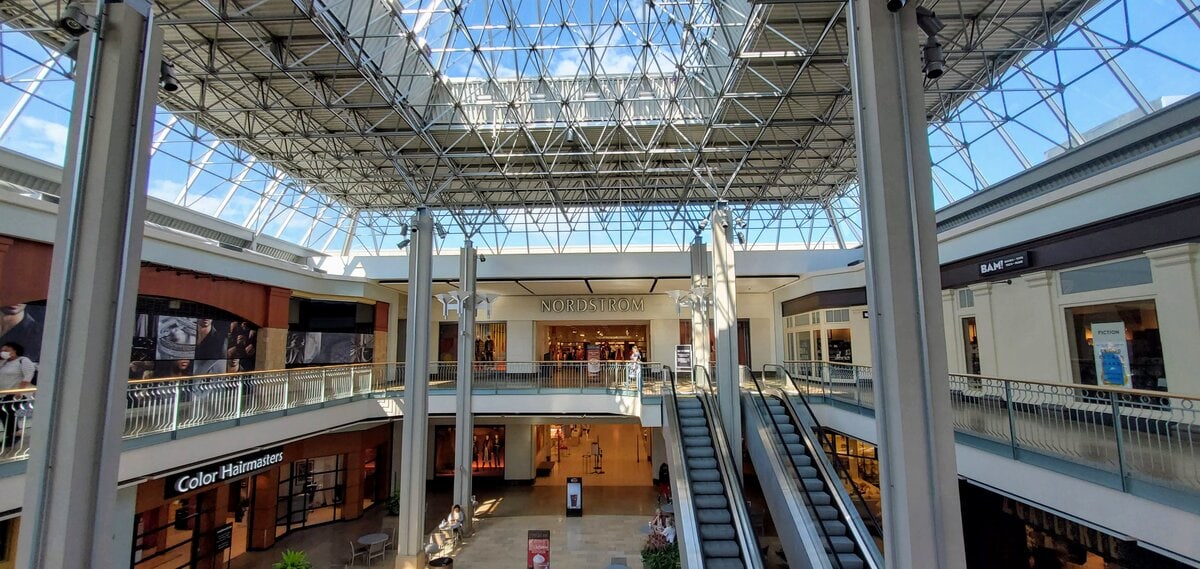

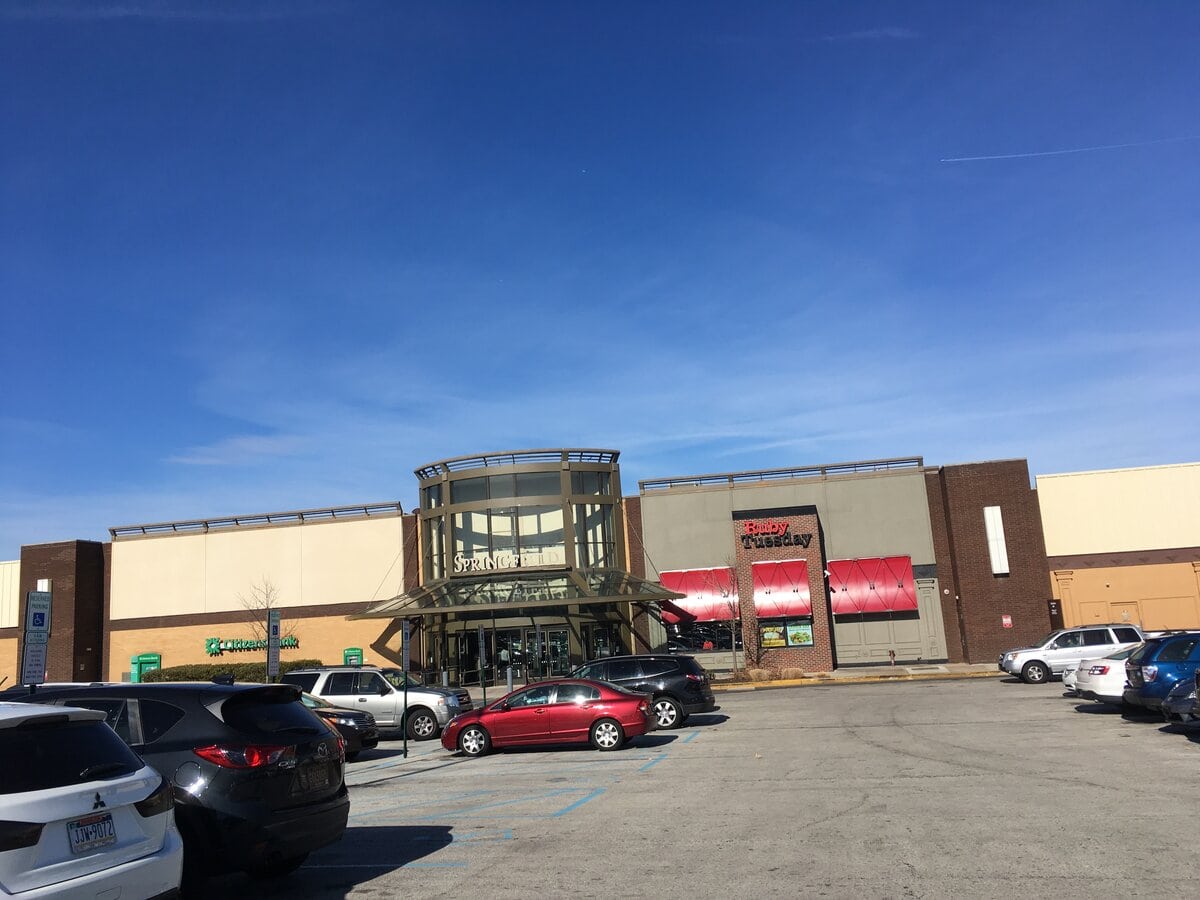
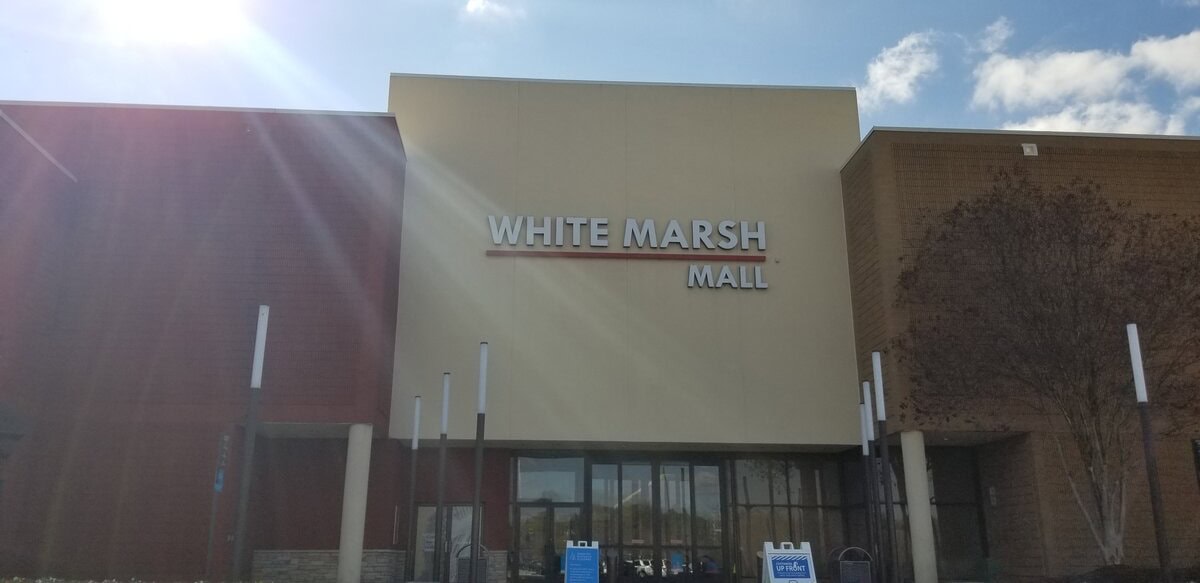
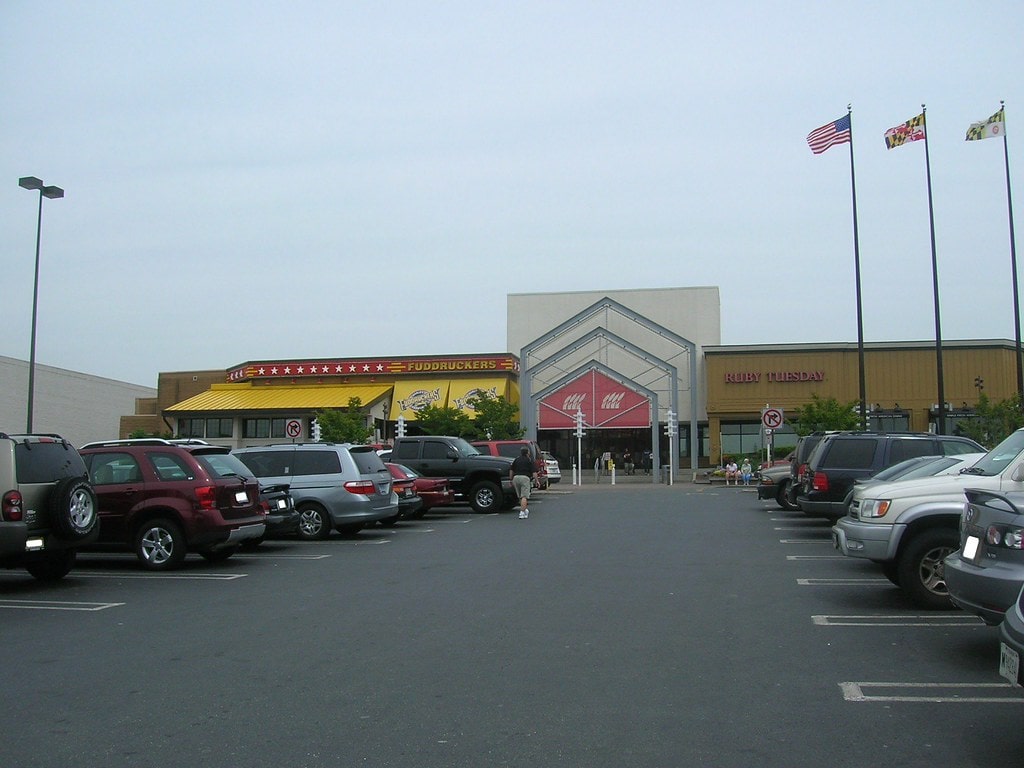
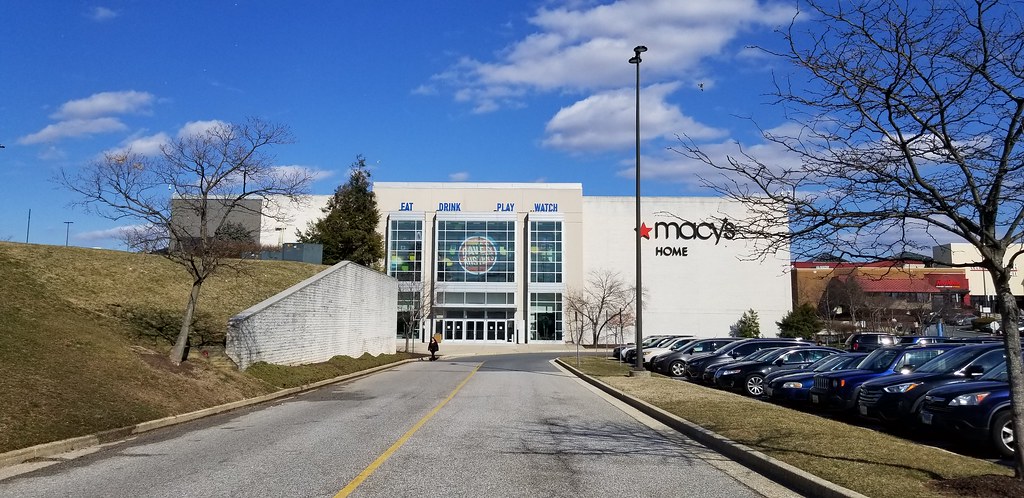


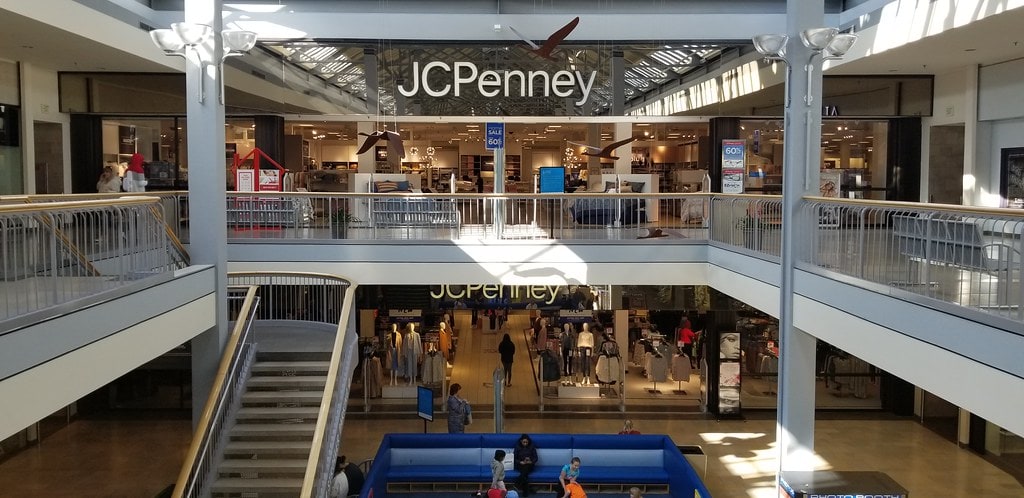
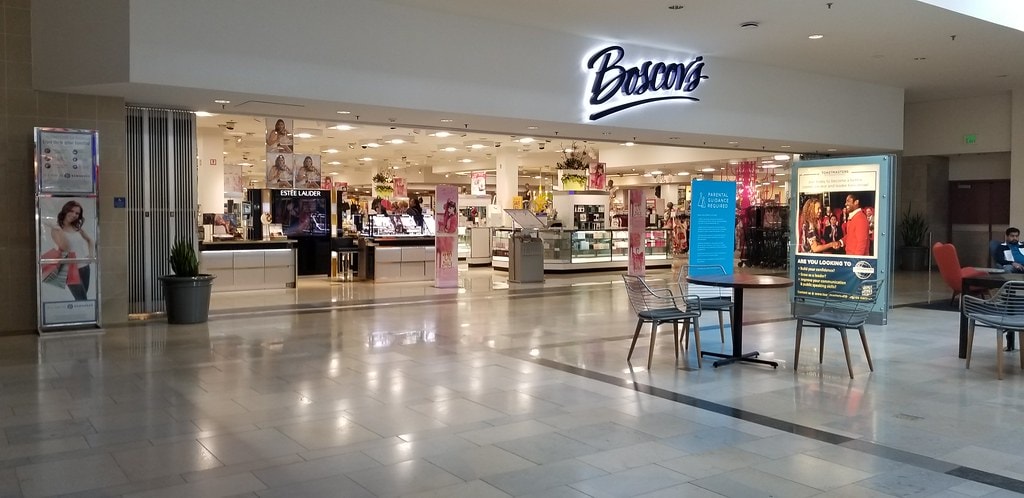
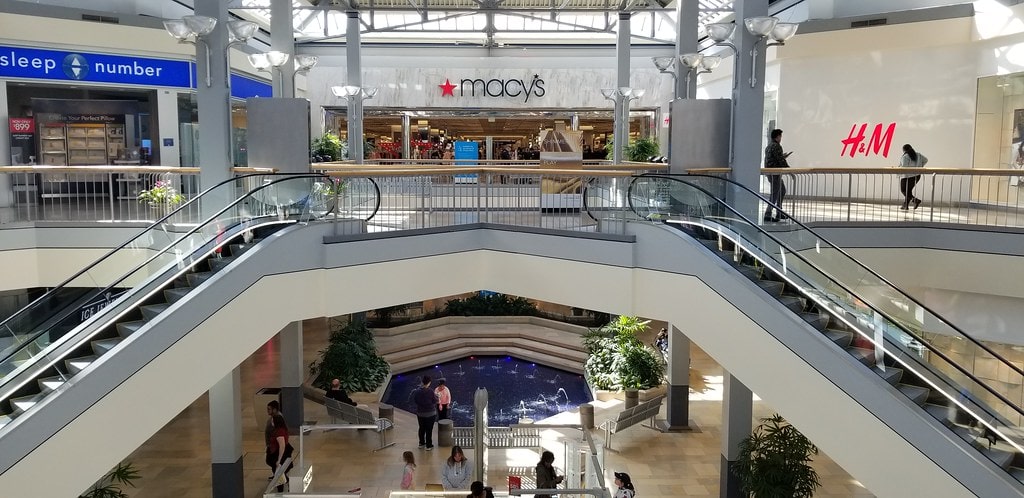
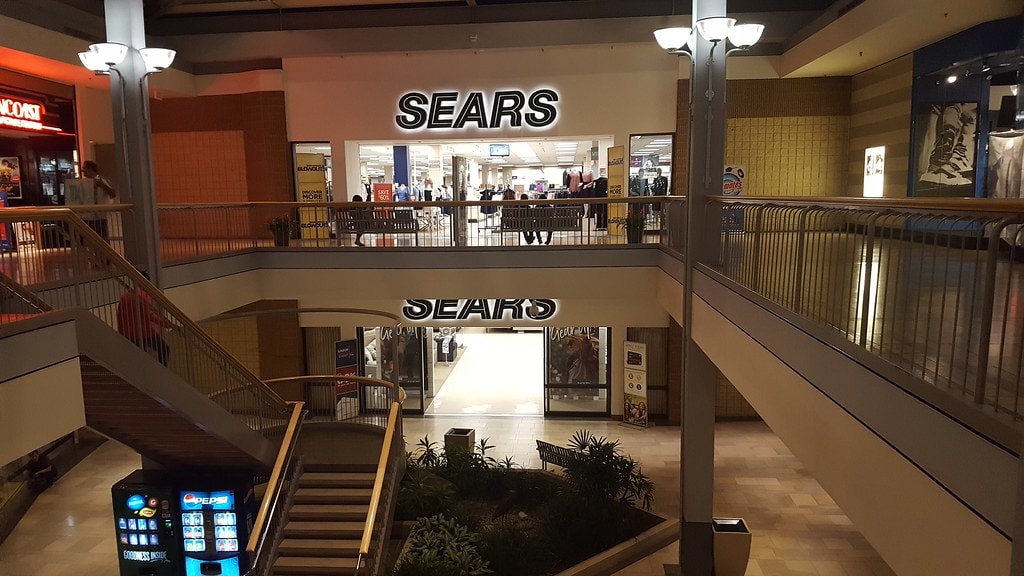

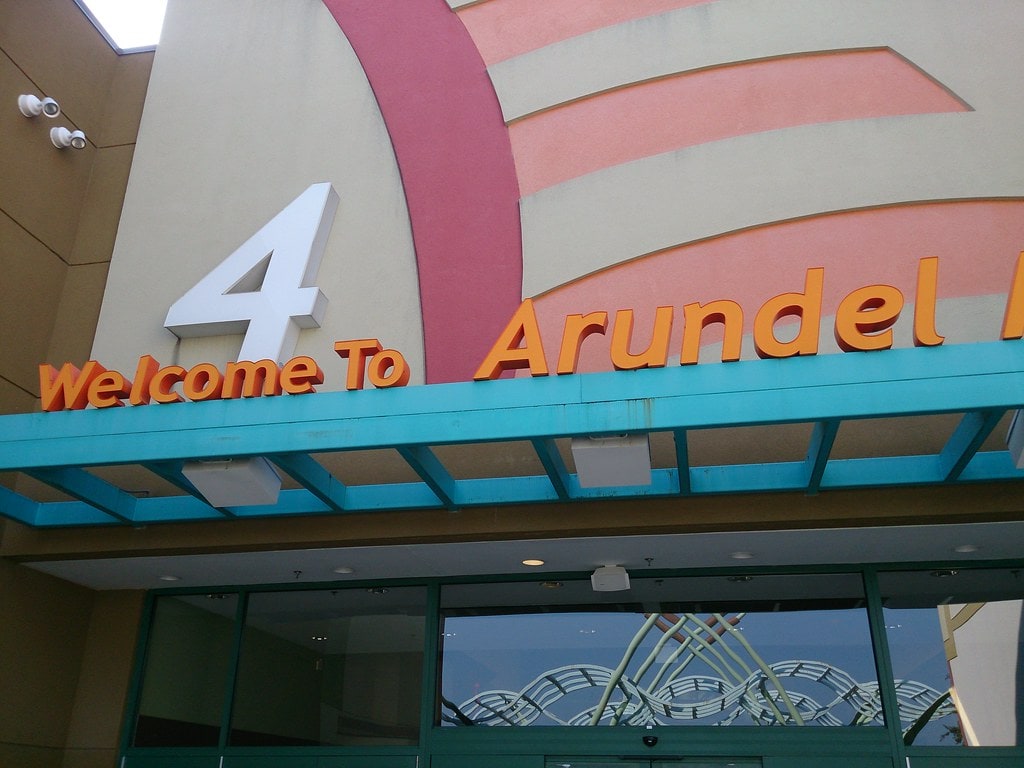
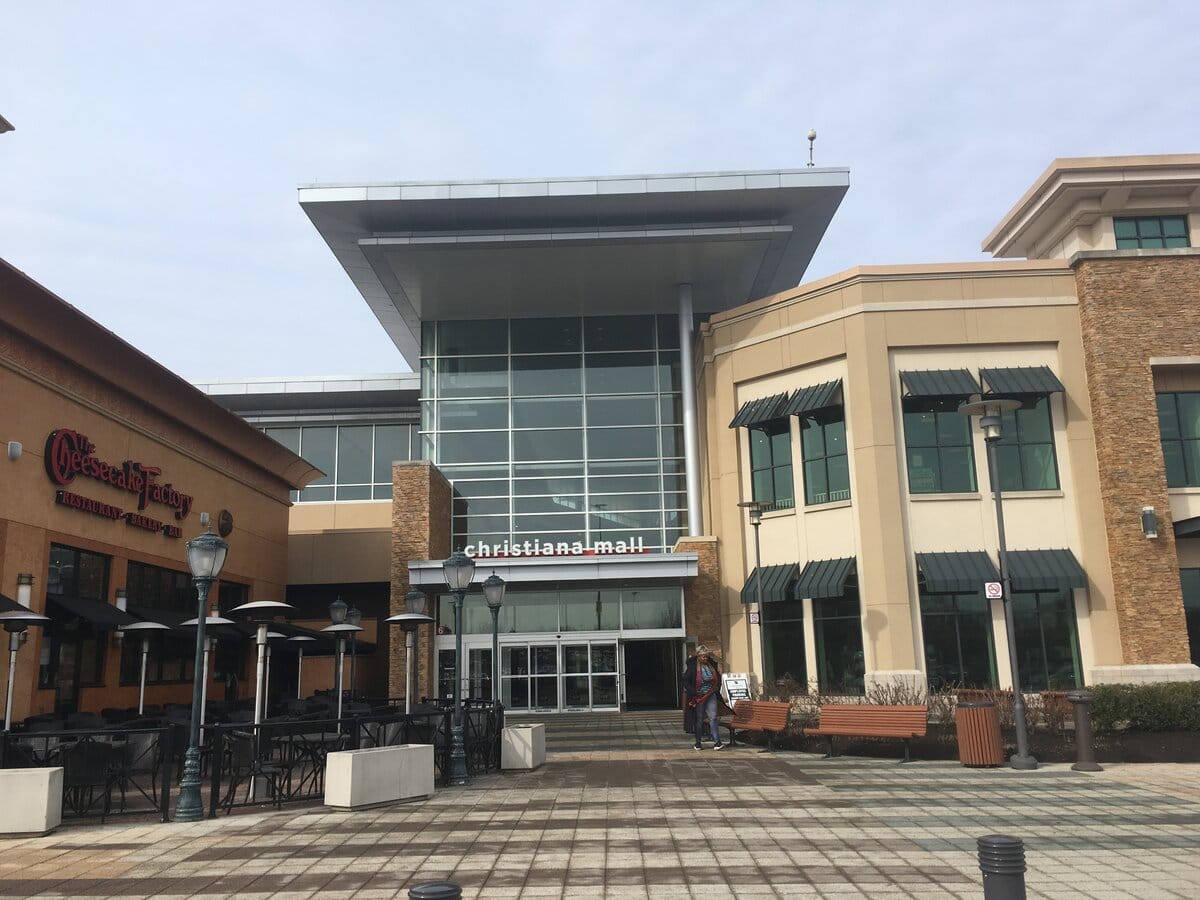
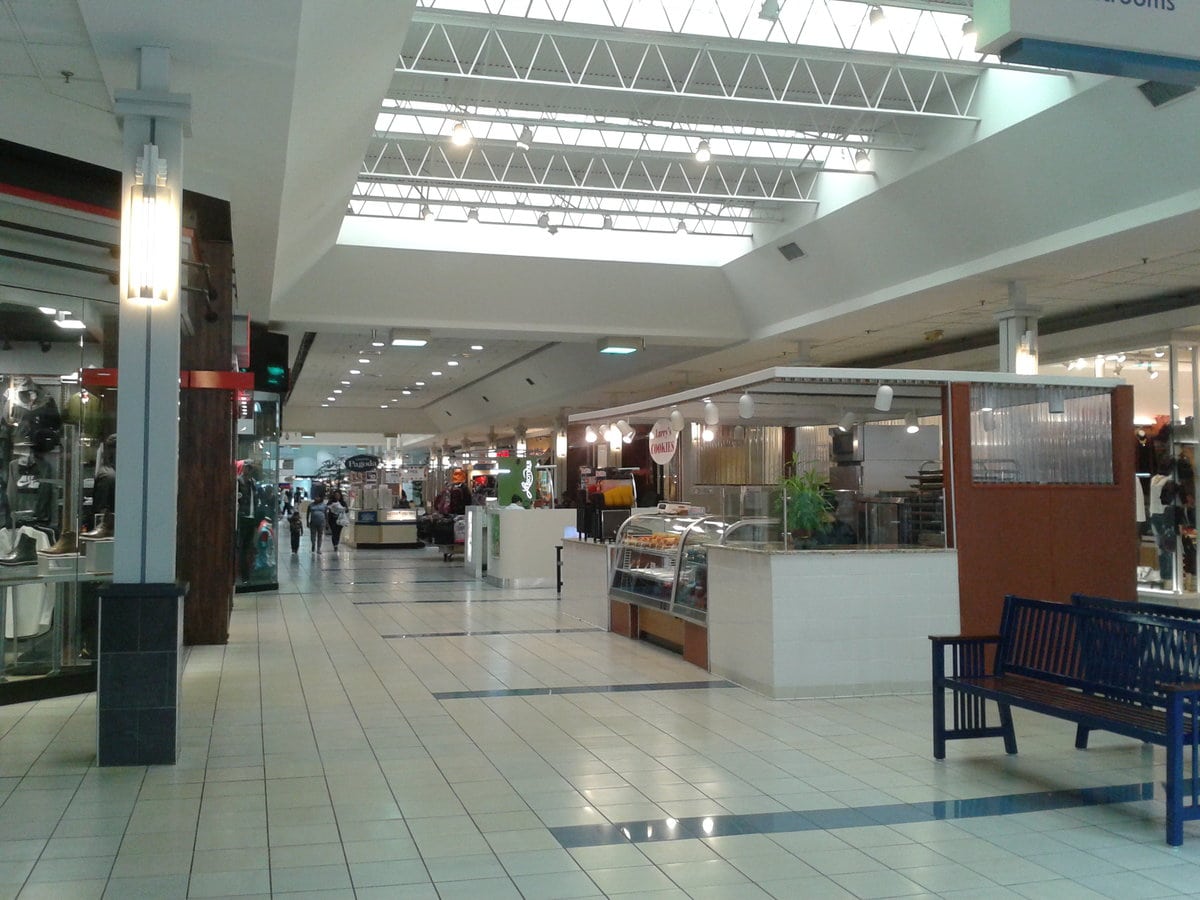
Been going to White Marsh Mall since it's pre-opening in 1980/81, so 45 years. I may be wrong, but a bit of useless trivia would be this: I think that Spencer's (on the upper level) is the one and only store still standing since the beginning (why that one store endured while others closed or turned over is beyond me).
Your comment shows how memory and trivia are often the best history. One store's survival is a thread connecting generations of shoppers. Thank you for sticking with White Marsh through all those years. Your story adds another layer to the mall's record.
Baltimore County Malls are doomed. It's only a matter of time.
Doomed feels final, but I'd say the future is more fractured. Some malls may disappear, while others could transform into something unrecognizable. Only time will prove you right or wrong, but your prediction reflects a mood that's heavy across the county.
Sadly the former Sears space is not owned by the new Spinoso company. Sears building is owned by a different owner making what happens to it unknown.
You're right, separate ownership complicates any future redevelopment.